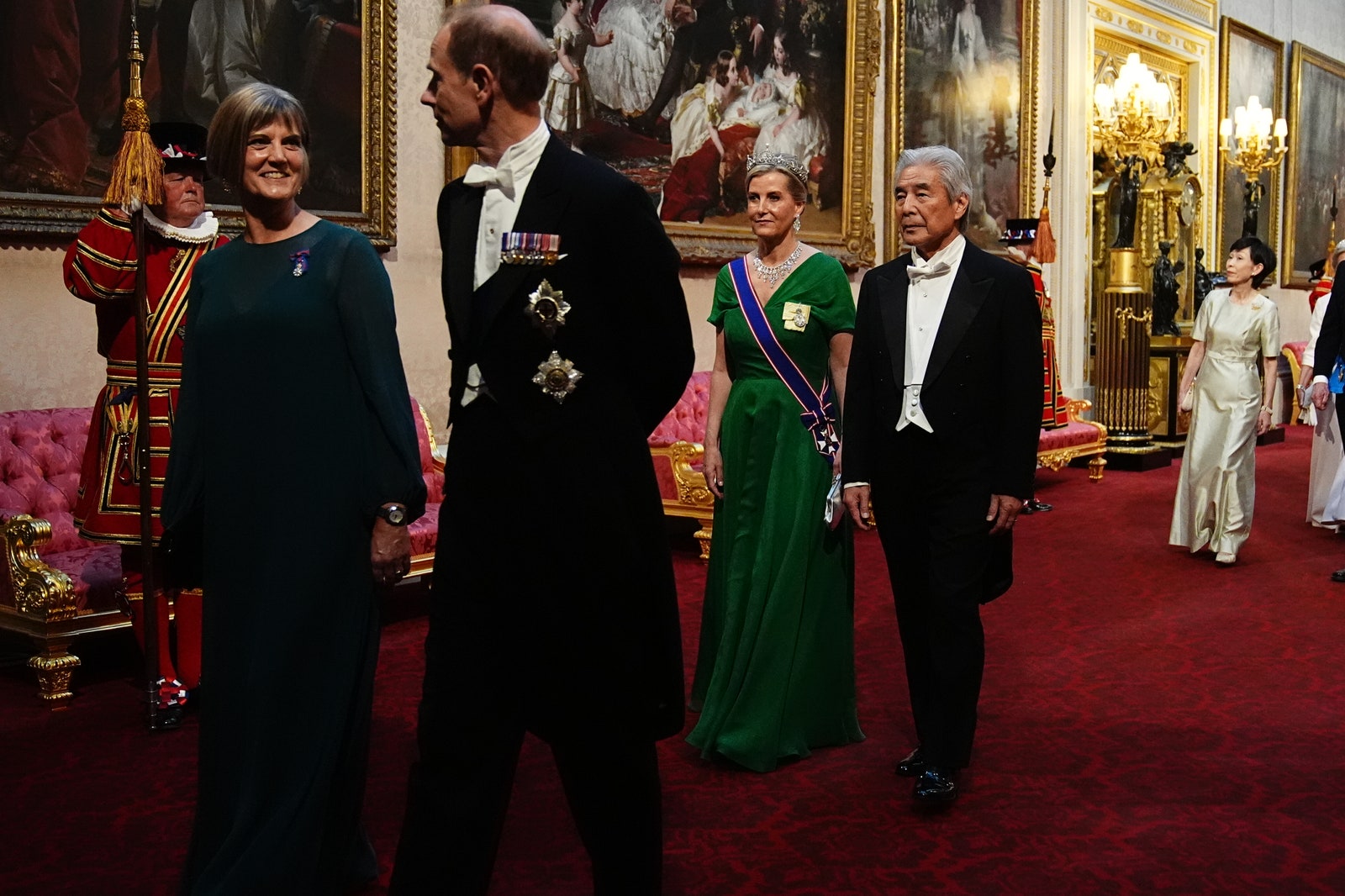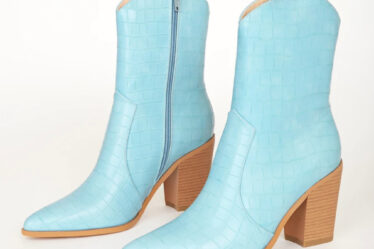
So Queen Elizabeth created her own. In 1973, she commissioned official royal jewelers the House of Garrard to repurpose the Nizam of Hyderabad Tiara, which had been a gift from an Indian prince—the 7th Nizam of Hyderabad. The rubies included in the new tiara—all 96 of them—were a wedding gift from the people of Burma, where local tradition suggests that the healing properties of the jewels can protect the wearer from 96 health afflictions.
Queen Elizabeth II wore this new Burmese Ruby Tiara, which pays homage to the red and white of the Tudor Rose, at a host of state dinners and diplomatic engagements, including trips to New Zealand and Slovenia. The late Queen chose the diadem, famed for its protective and healing qualities, to welcome the then President Trump to Buckingham Palace in 2019.
Sophie, Duchess of Edinburgh, also chose a tiara that many consider emblematic of a much beloved modern royal. The Lotus Flower Tiara was designed by Garrard in 1923, under a commission from the Queen Mother, who had recently married King George VI. According to the House, the tiara is an iconic piece of art deco design, taking inspiration from the Egyptian iconography that reached the nation following the opening of Tutankhamun’s tomb the year before. Egyptologists found lotus followers, an ancient symbol of rebirth, throughout the sacred site.
The Queen Mother gifted The Lotus Flower Tiara to her daughter, Princess Margaret, who wore the piece throughout the decades, from 1959 to the early 1990s. Claire Scott, who oversees Garrard’s illustrious archive, said that the Lotus Flower Tiara “has easily adapted to the changing styles of all the royal women it has adorned over the past 100 years,” and, most recently, Kate Middleton chose the tiara for her first state banquet in honor of Chinese President Xi Jinping in 2015. Kate Middleton also donned the piece in late 2022 for the Diplomatic Corps reception.



